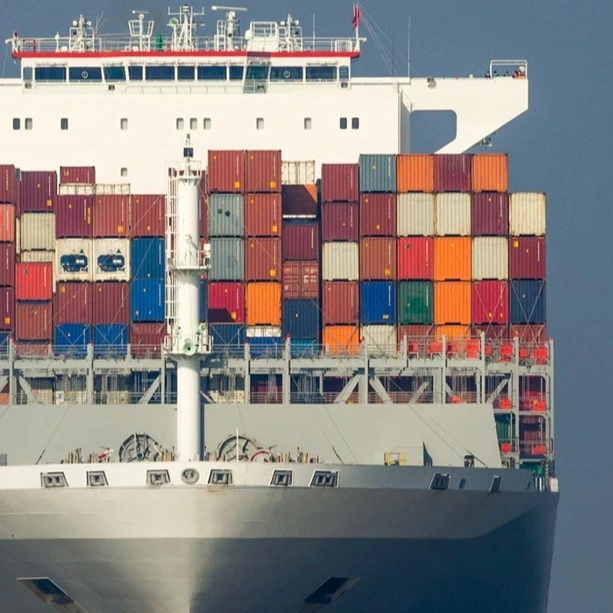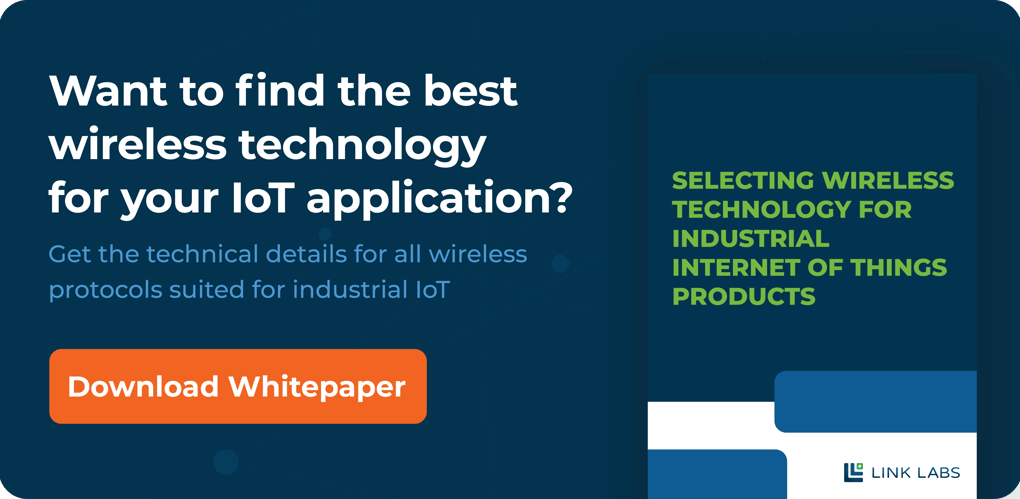At the beginning of 2017, there were approximately 5,000 cargo container ships in the world, and an innumerable number of first party organizations that relied on shipping companies to transport their goods and merchandise all over the world. After global positioning systems (GPS) became popular in the mid- to late-1990s, tracking the location of shipping containers became more prevalent, so that both first parties and second parties (liners) could reap the benefits that came with knowing where containers were when making an oceanic voyage.
In this in-depth guide, we’ll explore everything you want and need to know about how container tracking is accomplished and which system you may want to select.
|
Table of Contents |
Chapter 1: The Benefits & Considerations Of Container Tracking
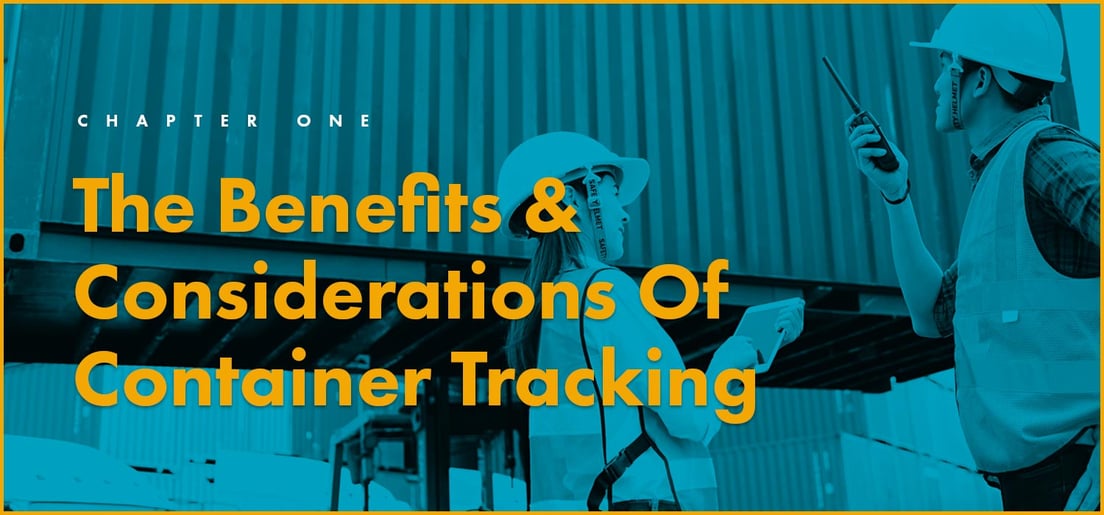
The reason why container tracking is so important comes down to this: There’s a lot of uncertainty in the shipping process. First-party companies fill and lock their shipping containers, and pay the shippers to haul it away, with the expectation that it will be taken to a port, loaded onto a ship, and successfully delivered to its intended destination. But any time there’s a complex process with many steps, there’s potential for issues to arise.
For example, a ship may make a port call to drop off containers in Djibouti, and a first party’s container may be accidentally offloaded. The liner may not notice this mistake until the ship leaves the port, which could lead to delays of several months to get the shipping container on another ship and to its intended destination. If the first party can be notified of the mistake via a container tracking system, they’ll be able to plan for the delay. Similarly, ocean liner companies that are transporting hundreds of shipping containers on behalf of various first parties have a vested interest in ensuring that the cargo that should be on the ship is on the ship—which can be confirmed by container tracking.
To fully understand the benefits of container tracking systems, you first have to understand party logistics and the unique container tracking considerations for each party.
Logistics Parties
Shipping container tracking would be a breeze if one party was responsible for all aspects of shipping. If that were the case, they would simply put a small locating device on all containers and add a local gateway on each ship. The gateway would pick up this tracking data and report back to a central IT hub on the ship; from there, the location data could be transmitted out via GPS to satellite.
But unfortunately, it isn’t that simple when it comes to container shipping; the process involves four different parties who are responsible for very different things in the shipping process.
- First party (1PL): The first party is the company that has created goods or merchandise that needs to be transported from one place to another via shipping container. (In some cases, the first party may also be the receiver of the goods.) First parties care about container tracking because a delay or disruption in shipping their containers can cause major disruption to their supply chain.
- Second party (2PL): The second party is the shipper or hauler, like CMA CGM, Maersk, or Hapag-Lloyd. Shippers care primarily about container tracking because they’ve been paid to move something and are liable if they don’t do so successfully.
- Third party (3PL): The third party—known as a “logistic provider”—coordinates the shipment of goods on behalf of the first party by using various second-party shippers.
- Fourth party (4PL): The fourth party is an independent body that helps the first party organize their supply chain across multiple third-party logistic providers.
For the purpose of this article, we’ll talk in-depth about both the first and second parties (the third and fourth parties are not actively involved in container tracking, but they do use the data heavily).
First Party Considerations
Container tracking would be significantly easier if the first party actually owned the vessel—or even owned the container. Most vessels and shipping containers are owned by the liner. Because of this, there is a multi-tenancy issue in container tracking: It might be the first party’s pallets in a container, but another company—perhaps multiple companies—own the container, the ship, the chassis, and the truck that will play a role in transporting the first party’s goods.
Therefore, the first party’s biggest challenge is determining where to add a tracking device. Faraday’s Law tells us that if you put wire mesh around a radio transmitter and the size of the mesh holes is smaller than that of the wavelength of the radio signal, the signal will not be able to get out. Because shipping containers are large metal containers, they act as a Faraday cage—so a wireless signal isn’t easily able to pass through the box. Therefore, the only option available for a first-party who wants to do container tracking is to attach a tracking device to the exterior of a container (for example, on the container lock).
Second Party Considerations
The second party—the liner—has an entirely different set of container tracking considerations. First, the liner owns the ships and therefore has the luxury of being able to install some infrastructure therein—but not all liners own the containers that are loaded onto their ship. If this is the case, the liner would need to carefully manage when the tracking device is placed and removed from the container.
Second, it’s important to consider that the liner may not have a great deal of incentive to track beyond the manifest level unless the cargo is of extremely high value. If the cargo is valuable enough to warrant container tracking, liners might consider what’s known as exception tracking. This type of container tracking would allow the liner to offer tracking as a service to first-party customers. For example, the liner could configure a container tracking system to send alerts if any one of the 200 containers on the manifest hasn’t been loaded onto the ship two hours prior to its scheduled departure time.
Benefits Of Container Tracking
Return On Investment (ROI)
When determining ROI for the first party, you have to take into account the cost associated with ensuring there’s no disruption in your supply and distribution chain. In other words, what is it worth to your organization to know that a shipping container has been delayed and won’t reach an intended destination on time. Will having advance knowledge (e.g. before your shipment doesn’t show up at the right place, at the right time) allow you to use other methods to meet your obligations and keep your supply chain moving? These things should be considered before you select a container tracking system.
For the second party, the ROI is typically easier to calculate. For example, if the liner decides to do exception tracking, they simply won’t leave a port without ensuring that all containers are on the ship. If you know how much it typically costs when you leave behind cargo, you can calculate the return on investment you’ll see from exception tracking. Your calculations must also consider the cost of lost customer relationships due to the mishandling or loss of cargo during transport.
Prevent Additional Operational Costs
When a first party experiences problems moving goods and merchandise through the supply chain and eventually to distribution, this can dramatically impact operational costs. While container tracking can’t solve the problem of added expenses due to shipping issues, it can prevent additional operational expenses by providing the first party with a “heads up” regarding a delayed, lost, or compromised shipment.
Loss Prevention & Anti-Theft
“We had it on our manifest, so it should be on the ship—but it isn’t.” This is a statement no first party wants to hear (and no liner wants to have to pass along). A liner is generally held liable for lost or stolen containers, so a container tracking system can provide valuable information regarding what may have gone wrong.
There are many ways companies have tried to solve for the issue of container tracking, but inevitably, the solution comes down to adhering a tracking device to the exterior of a shipping container and communicating out its position either through GPS to GSM or satellite, or through a more localized short-range wireless system. We’ll explore both in chapters two and three, below.
Learn more about intelligent asset tracking from Link Labs.
Chapter 2: Container Tracking Using GPS To GSM Or Satellite
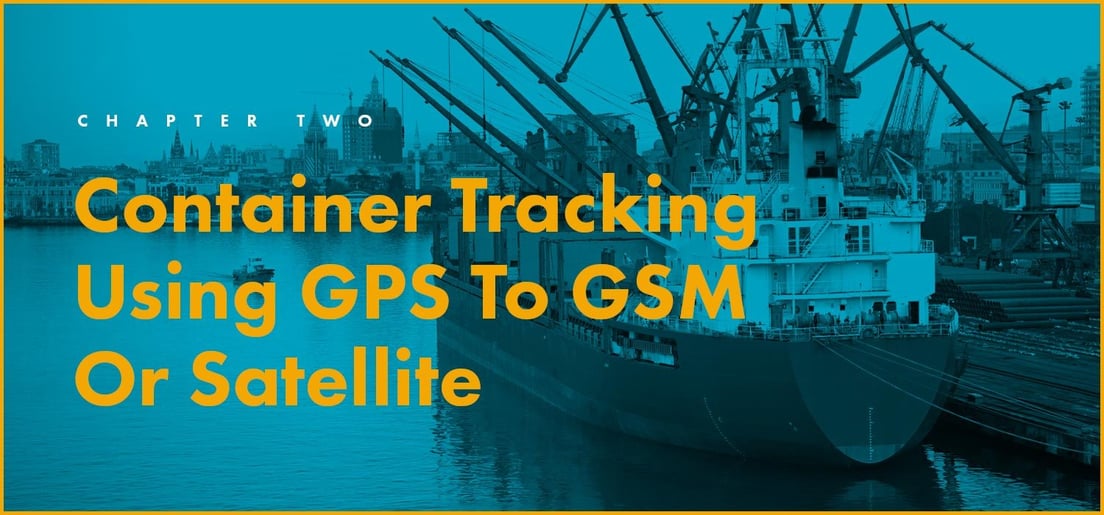
A large majority of container tracking solutions on the market today use GPS location that is sent via cellular (typically GSM) or satellite.
How GPS Container Tracking Works
A tracking device is attached to the exterior of a shipping container. The two most common types of GPS-based container tracking devices are:
- Magnetic devices that fit onto the side of the shipping container, between the structural ribs. (They are never placed on top of the container, as containers are typically stacked on one another—the ribs make a safer place for the tracking device to live.)
- Locking mechanisms that seal the container. These mechanisms include a tracking device, and are often added by the first party after the goods are loaded into the shipping container.
When the tracking device feels the ship moving (via accelerometer) or at certain set intervals, the device wakes up, gets a GPS fix, and then sends out its location via cellular or satellite constellation. The container’s location data is then sent to the application provider, added to their backend system, and provided to the customer.
Benefits Of GPS Container Tracking
- GPS container tracking modules are available off-the-shelf. There are many players in this game; ORBCOMM, for example, is one of the largest, most well-known companies that creates GPS to satellite-based systems exclusively for logistics. If you aren’t concerned with cost and need to deploy a container tracking system as soon as possible, you can simply buy an ORBCOMM module and begin tracking immediately.
- GPS container tracking systems are self-contained. Other than the tracking module you add to each shipping container, GPS-based tracking systems don’t require additional infrastructure. This makes deployment quite easy.
- GPS container tracking systems are very accurate when the GPS is able to locate the asset. However, in some situations, location precision of about 10 meters is the best that can be expected.
Difficulties With GPS Container Tracking
- GPS to satellite or GSM container tracking is expensive. The lowest price we’ve ever seen for tracking a container—exclusive of hardware costs—is around $7 dollars per month. We’ve seen it as high as $30 dollars per month. These costs include the cost of data and access to the management and visualization software.
- GPS requires the tracking device to have a clear view of the sky. Shipping containers are often stacked together like building blocks on a liner. If your GPS tracking sensor is on the side of a shipping container in a stack of containers, there’s virtually no way to send out a signal. If this happens to be the case, you’ll only be able to get a GPS lock and signal out once the container is moved.
- GPS is an extremely power-hungry application. Running GPS is a huge penalty to your power budget. If you hope for your GPS-based container tracking systems to last for more than six months on a single battery, you’ll have to be extremely careful with when you set your tracking device to broadcast its location. You can’t expect your GPS device to constantly be on, as the battery would burn up in days.
- The longer GPS is off, the longer it takes to boot back up. GPS has to download what’s called ephemeris constellation data from its satellites in order to get a location fix. If the device is cold started, it can take five minutes or more to download that data. If you want immediate location data, you’ll have to engineer your container tracking devices to be warm started—which is only possible if the tracking device has woken up recently enough to use previously-downloaded ephemeris constellation data, and can make the corrections necessary to start an immediate measurement. But of course, warm starting takes a great deal more power.
- GSM will be sunset by cellular providers in the next 10 years. GSM is the most commonly used cellular technology for backhauling GPS data, as it has the most ubiquitous coverage with the fewest number of bands globally. In fact, some container tracking systems don’t rely at all on GPS, but send out a message via GSM and triangulate the location of a shipping container based on the cell tower that picked up the message. If a container tracking customer uses a dual-band GSM modem, it allows them to get cellular coverage in a high percentage of ports of call around the world. The trouble is, GSM networks are set to sunset in the next 10 years, which means you’ll have to switch to backhauling data through LTE or satellite alone.
Chapter 3: Shorter Range Wireless Container Tracking
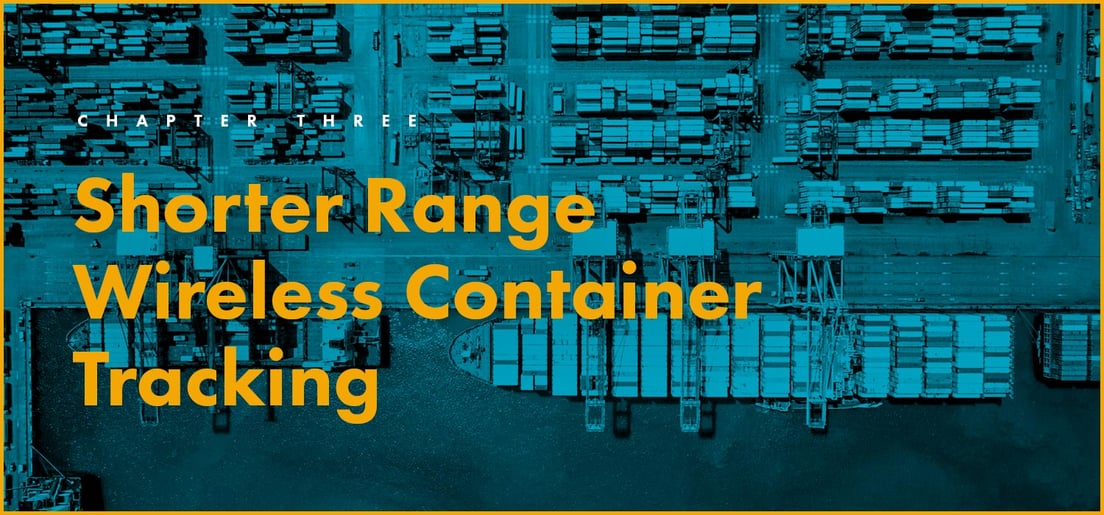
GPS to satellite or GSM is considered the standard when it comes to container tracking—but as you read in the previous chapter, it isn’t without its complexities. Some challenges are surmountable (e.g. some companies have figured out how to use solar power to keep their GPS tracking devices powered), but other considerations—like cost—can be a deal-breaker for organizations that need to track shipping containers at a large scale.
How Shorter Range Wireless Container Tracking Works
Shorter range wireless container tracking systems are those where the tracking device doesn’t communicate directly to cellular or satellite. Therefore, there isn’t one specific way in which such a system works—but rather, many ways in which this type of Internet of Things (IoT) system can be engineered to fit an organization’s specific needs.
For example, if a first party wanted to track hundreds of containers being moved together, they could add a cellular transmitter to a handful of containers and have those select transmitters backhaul their data. Other devices nearby could use a Bluetooth link (or something similar). This would drastically reduce the amount of container trackers needed, but still give the first party the location of those containers.
Or, a liner interested in exception tracking could add Bluetooth-based tracking devices to each container, and set up alerts if one of their containers is not present on the ship hours before the ship’s scheduled departure.
Benefits Of Shorter Range Wireless Container Tracking
- The cost of tracking is significantly less than GPS-based systems. While $7 per month per container is considered “inexpensive” for GPS container tracking, imagine using a system that costs only $1 per month per container. This is possible with shorter range wireless container tracking. Additionally, the cost of the hardware is significantly less than you’ll pay for GPS-based tracking applications, ranging from $10 to $20 instead of $50 to $300 for GPS.
- The battery life of shorter range wireless container tracking is far greater than GPS-based systems. While GPS is power hungry, many shorter range wireless technologies are not. Using a technology like Bluetooth on your container tracking modules, the battery could last three or more years as opposed to a matter of months. This is because short-range devices only need to transmit the signal to a nearby receiver, whereas GPS devices usually have to send the signal to a satellite or a cellular network.
Difficulties With Shorter Range Wireless Container Tracking
- Shorter range wireless systems have greater infrastructure requirements than GPS. As mentioned in the previous chapter, one of the benefits of GPS-based container tracking is that the system is completely self-contained. That is not the case with many shorter range wireless container tracking systems, which require communication from the tracking module to another part of the system. Therefore, this requires more infrastructure than GPS. In some instances—like when a relatively large number of containers are moved together—this can be worked around. For example, you could add a simple Bluetooth transmitter on a number of containers and select only a subset of those trackers to have their data backhauled via cellular. This lessens the infrastructure requirements yet still tracks the location of the containers.
- The complexity is greater than with a GPS-based solution. If you choose not to use GPS for location positioning, you’ll need another way to backhaul location data and communicate that information. This requires a great deal more system engineering complexity. However, at a certain scale point, it makes sense to work through this slightly-increased complexity because it will offer significant cost benefits.
Chapter 4: 4 Questions To Ask Before Selecting Or Creating A Container Tracking System
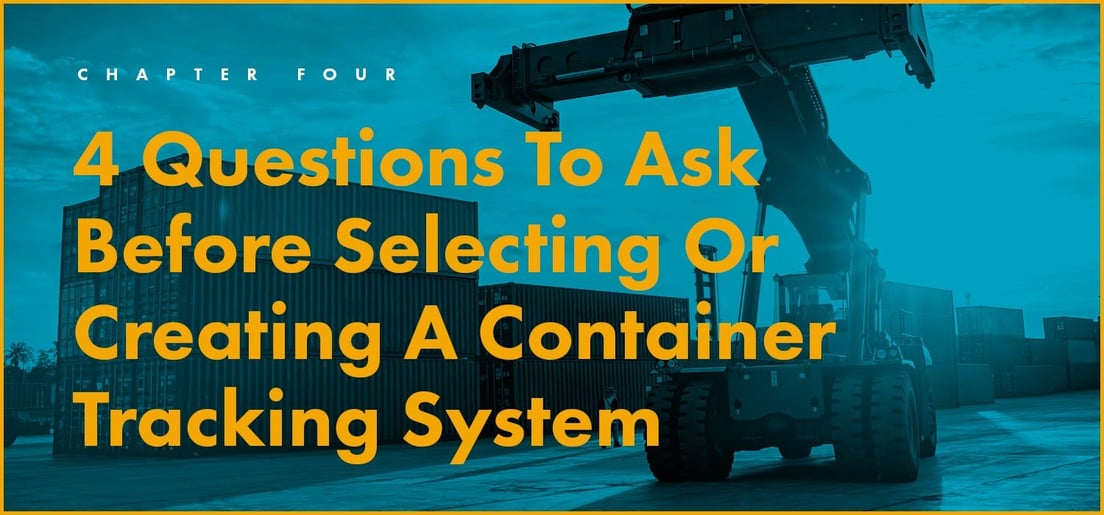
1. Are you set on using a particular technology? If so, why?
Container tracking presents a systems challenge, not a technology challenge. There’s a whole grab bag of Internet of Things technologies available, but the technology you select should just be a tool used to help design the system functionality you want and need. If you have your mind set on using GPS, for example, but only need to track by exception, you’ll be wasting a great deal of money and drastically overengineering for the outcome you want.
2. Do you want to purchase a container tracking module off-the-shelf, or customize your own solution?
There are benefits and drawbacks to both of these approaches. If you choose an off-the-shelf solution, it’ll clearly be a simple process to get your container tracking system up and running. That said, it’s not reasonable to think that the perfect solution for your use case has been created. Realistically, you’ll have to settle for whatever functionality (or lack thereof) the pre-built module offers. Can you tie it into your ERP? Does it suit the wireless regulations for the ports of call you’ll be using? You’ll have to determine all these things upfront, before purchasing.
If you choose to work with a company to design and build the optimum solution, this will take more time and effort on your part. But if you’re looking to track tens or hundreds of thousands of shipping containers, the expert customization and integration will give you a solution that functions precisely as you require—and will usually also save you a great deal of money.
3. Have you considered how you’ll handle change management with your business processes once you integrate a container tracking system?
Change management is not something to overlook as you integrate a container tracking system. If you layer a capability like container tracking onto a large organization with thousands of employees, you’ll have to dramatically change how you do business. For example, you may be adding to—or taking away from—many jobs across your organization. This can be a frustration to those involved. Different roles have to be involved to add the tag onto the container, manage the tag, keep the tracking system up to date, etc. And on the other side of that, one of container tracking’s primary benefits is that it allows organizations to save on labor—but you can’t save on labor unless you pay fewer people. For both of these reasons, you may get some pushback from employees who see that such a system will add to or take away from their jobs. You’ll need a succinct change management plan in place before you integrate a container tracking system to help prepare the relevant individuals, and shift your workflow around accordingly.
4. How will you manage the IT integration process?
You likely already own the software you’ll want your container tracking data to be absorbed into. But you’ll want to begin thinking about how you’ll handle the IT integration, as bringing these two stacks together takes time and can potentially be quite complex. In fact, selecting a technology is often a breeze compared to managing how you’ll integrate the right business process functionality to report exceptions. The earlier you begin work on this, the better.
Conclusion
By nature, shipping container tracking is a complex operation—but if you’re willing to work through these complexities, you can devise a solution that suits your organization’s specific needs.
At Link Labs, we have worked with many logistics companies to implement IoT tracking and monitoring systems for their supply chains. If you’d like to learn more about how we work with companies like yours, please get in touch.
Or, if you simply have questions about container tracking, we’d be happy to answer them. Either way, we look forward to hearing from you.

